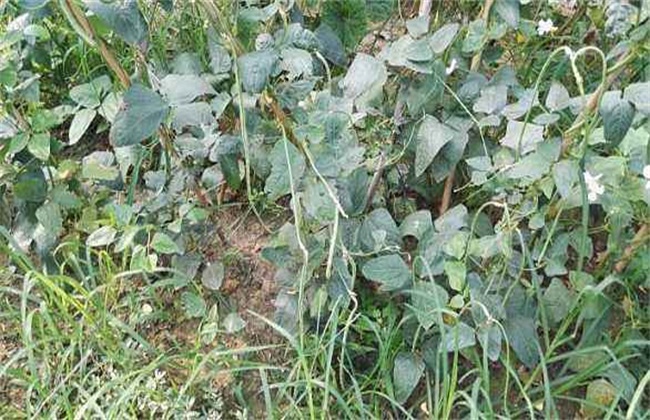Causes and control methods of cowpea death
The transition between spring and summer is the growing season of cowpea, and it is also the season of frequent occurrence of cowpea death, especially in the years with more Rain Water. Cowpea death Teng will generally cause a 20% yield reduction and no harvest in serious cases. In order to ensure the high and stable yield of cowpea and meet the demand of vegetables, it is necessary to understand the causes of cowpea death and make good control measures.

1. Waterlogging damage
Cowpea is a temperature-loving, heat-tolerant, drought-tolerant but not waterlogging-tolerant vegetable. Too much Rain Water, poor drainage and stagnant water in the field will lead to asphyxiation of cowpea roots and cause plant death. The main symptoms of death were wilting and death caused by local constriction of aboveground stem vines, and white mycelium appeared in the diseased part when it was wet.
Prevention and control methods: three ditches need to be opened before planting, that is, surrounding ditches, waist grooves and box grooves, which are required to think through the trenches, so that they can be drained in time after rain to prevent stagnant water in the fields. In addition, under the low-lying, poor drainage of the land, we can use high border cultivation, which can also be excellent prevention and control of waterlogging.
2. Epidemic disease
The epidemic disease is very easy to occur when the temperature is 25-28 degrees, continuous rainy days or clear after rain and high humidity. The disease is more serious in the land with low-lying or moist soil, high density and poor ventilation and light transmittance.
Control methods: first of all, it is necessary to strengthen culture management, reasonable close planting, pruning and topping, improve field permeability, reduce field humidity, timely diseased plants and reduce the number of pathogens. And then timely spray Kelu, Prik, Anke manganese zinc spray in the initial stage of the disease, every 7-10 days, 2-3 times continuously.
3. Dry blight
Dry blight is a soil-borne disease, the pathogen will invade from the root wound, the leaves of the diseased plant will fall from the bottom up, and sometimes cracks will occur in the root neck, and finally fall on the whole plant and die. Cut open the base of the diseased plant stem, you will find that the internal vascular arrangement turns brown, the severe outside turns dark brown, the root is rotten, and the pink mildew layer will occur in the diseased part when the humidity is high.
Prevention and control methods: first, rotation with non-legume vegetables for more than three years, and then select varieties with strong disease resistance, at the same time idle high border cultivation, combined with soil preparation, 100-150 kg quicklime per mu of disinfection. Medicament coating should be carried out before sowing, and methyl thiophanate and carbendazim can be used for irrigation and control before the disease.
4. Root rot
Generally occurs in the flowering and podding period, the leaves of diseased plants turn yellow and dry from top to bottom, and most of the leaves turn yellow from the leaf edge, which should not fall, the diseased plant is very easy to be pulled out, the base of the stem will become dark brown, the lateral root will fall, the main root will rot, and finally the diseased plant will die. When the soil moisture is high, pink mildew occurs at the base of the diseased plant stem.
Control methods: first, rotation with Chinese cabbage or onion and garlic for more than 2 years; second, timely drainage after rain; third, selection of mature organic fertilizer or Yuzhong brand bio-organic compound fertilizer. After the onset of the disease in time with root rot Ling prevention and treatment, every 10 days, 2-3 times in a row.
The above is the introduction of the causes and control methods of cowpea death, hope to help you, want to know more related knowledge, please follow us.
Related
- Where is it suitable to grow horseradish in China? it is expected to see the middle altitude horseradish in Alishan.
- How to prevent tomato virus disease reasonably? (Control methods included)
- Many people like to plant towel gourd on the balcony. What are the main points of this method and management?
- What crops can chili peppers be mixed with?
- Fertilization techniques and matters needing attention in Tomato
- What are the grafting techniques for peach seedlings in spring?
- Harm and control methods of root swelling disease of Chinese cabbage
- What are the pests of sweet potatoes? How to prevent and cure it?
- Symptoms, causes and Control methods of navel Rot in Tomato
- The cause of "Cucumber rotten bibcock" in Farmers' planting Cucumber and its Control Plan



